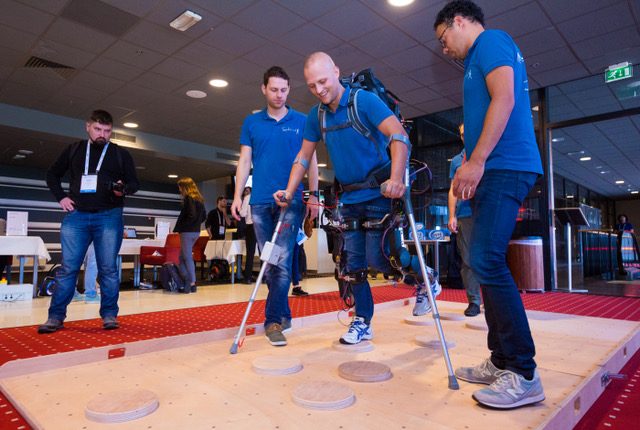Wearable robots help people regain and strengthen their movements. The robot replaces or improves a body function that has suffered damage, or it is a training tool to get people to move again. However, immature technology has prevented its large-scale use, and this is what keeps Cor Meijneke up at night.
Add to Google calendar or Apple/Outlook calendar
His dream is to create robots that enable agile and versatile movements. As a mechanical design lead, Cor wants wearable robots to be comfortable and lightweight, and have sensing abilities that can detect user intention.
At this RoboCafé Online, Cor will talk about about his winning strategy to achieve these breakthroughs: a strong interdisciplinary team with experts in robotics, biomechanics, human movement science, mechanical design, electrical engineering, and clinical science.
Such a team may develop are robot that can replace or improve an impaired body function, or it is a training tool to get people to move again. In this way, they can also alleviate the job of therapists. After a stroke or spinal cord injury, for example, robots can help with standing and walking. But robots can also help people who overload their bodies structurally – a major cause of absenteeism. Another application of wearable robotics is remote cooperation, ‘tele-presence’: the movements of the wearer are remotely translated into movements of, for example, a robot arm.
RoboCafé Online brings you personal stories, told by the innovators themselves. As a 30 minute live stream with room for questions, the event creates an informal gathering for all of us interested in robotics and people-machine collaboration.
Add to Google calendar or Apple/Outlook calendar
